Please browse through the glossary, which provides accessible definitions for the most commonly used terms in lighting, architecture and design. The terms, acronyms, and nomenclature are described in a way that is understood by the majority of lighting designers.

Please note that these definitions may be subjective and only serve as a guide.
A
Accent lighting: Type of light used to draw attention or emphasize a particular object or building.
Adaptive controls: Devices like motion sensors, dimmers and timers used with outdoor lighting to change the intensity of light or duration.
Ambient light: The general level of illumination in a space.
Angstrom: The wavelength of an astronomical unit, 10-10 meters or 0.1 nanometer.

B
Baffle: A translucent or opaque element used to hide a source of light from view.
Ballast: Device used to start and operate a lamp by providing the voltage, current and/or waveform required.
Beam spread: Angle between two directions on the plane where the intensity equals a certain percentage of maximum intensity, usually 10%.
Brightness: The intensity of the sensation caused by viewing surfaces that emit light.
Bulb or lamp: The source of light. The whole assembly is to be distinguished (see luminaire). The bulb and housing are often referred to as the lamp.
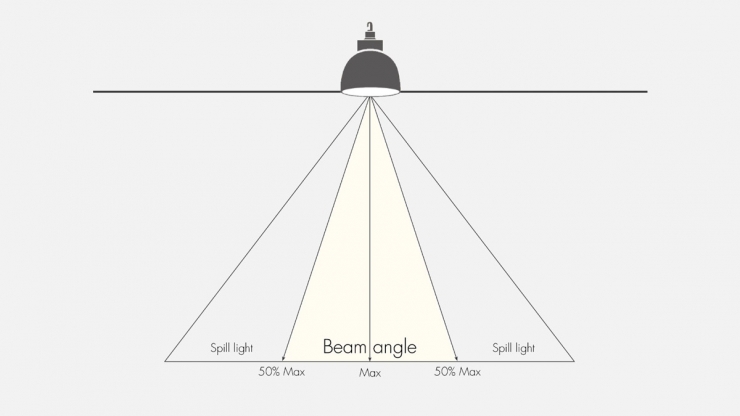
C
Candela: Unit of intensity. Candela: Unit of luminous intensity. Formerly known as the candle.
Candlepower distribution curve (also called a candlepower distribution plot): This is a graph of the variations in luminance of a light or luminaire.
Candlepower: The luminous intensity expressed in Candelas.
CIE: Commission Internationale de l’Eclairage. The International Light Commission. Most lighting standards are set by the international light commission.
Coefficient of Utilization – CU : The ratio of the luminous flux (lumens), received by a luminaire on the “workplane” [the area in which the light is required], to the lumens that the luminaire emits.
Color rendering: The effect of a lightsource on the appearance of colors of objects compared to their appearance when exposed to normal daylight.
Color Rendering Index CRI: A measure of how accurately a light source that has a certain CCT renders colors in comparison with a reference source with the same CCT. A CRI of high value provides better illumination at the same or even lower levels of lighting. You should not mix lamps that have different CCTs or CRIs. When purchasing lamps, specify both CCT and CRI.
Cones and Rods: Light-sensitive groups of cells found in the retina of animals’ eyes. Cones are dominant when the luminance is high and they provide color perception. Rods are dominant at low luminance levels but do not provide significant color perception.
Conspicuity: The ability of a signal or message to stand out from its background in a way that it can be easily noticed by the eye.
Correlated Colour Temperature (CCT): A measure of the warmth or coolness of light in Kelvin degrees (degK). Lamps that have a CCT less than 3,200 degrees Kelvin are considered warm. Lamps with CCT greater than 4,00 degK appear bluish-white.
Cosine Law: The illumination on a surface changes as the cosine angle of incident light. You can combine the inverse square and cosine laws.
Cut-off Angle: A luminaire’s cut-off angle is the angle measured from its nadir. Straight down, between the vertical axis of the luminaire and the first line in which the bulb or lamp is not visible.
Cut-off Ficture: The IES defines a cutoff fixture as “Intensity above 90deg horizontally, no more than 2.5% lamp lumens and no more that 10% lamp lumens above 80deg”.
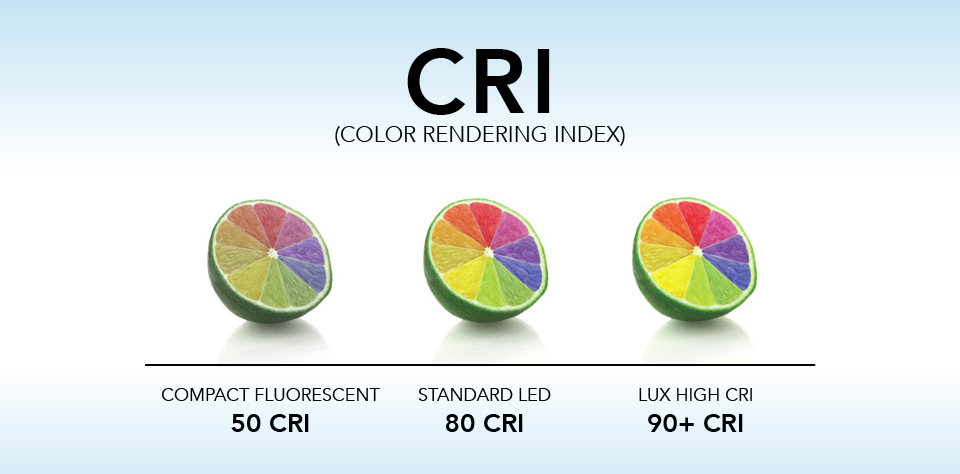
D
Dark adaptation: A process whereby the eye adapts to luminances less than 0.03 candela (0.01 footlambert) per square meter.
Diffuser: An object used to diffuse light from a lighting source.
Dimmer: Dimmers reduce the power input requirements of fluorescent and incandescent lights. Fluorescent lights need special dimming ballasts. Incandescent light bulbs lose efficiency when dimmed.
Disability Glare: Glare that reduces visibility and performance. It can be accompanied by discomfort.
Discomfort glare: Glare that causes discomfort but doesn’t necessarily reduce visual performance.
E
Efficacy: A lighting system’s ability to achieve the desired results. Measured in lumens/watt (lm/W), this is the ratio between the light output and the power consumption.
Efficiency: Measure of the output or effectiveness of a system in comparison to its input.
Electromagnetic spectrum (EM): A distribution of energy emitted from a radiant source in order of frequency or wavelength. Include gamma rays, X-rays, ultraviolet, visible, infrared and radio wavelengths.
Energy (radiant power): unit is joule or erg.
F
Facade lighting: The illumination of an exterior building.
Fixture: The assembly holding the lamp within a lighting system. The fixture includes all the components that control the light output, including the reflector, refractor, ballast, housing and attachment parts.
Fixture Lumens: The light output of a light fixture after it has been processed by the optics.
Fixture Watts: The total power used by a light fixture. This includes power consumption by the lamps and ballasts.
Floodlight: A light fixture that is designed to “flood”, or flood, a defined area with illumination.
Flux (radiant flow): Unit is either watts or erg/sec.
Footcandle: Illuminance on a surface produced by a point source uniformly emitted at one candela.
Footlambert (footlamp): Average luminance of an emitting or reflecting surface at the rate of 1 lumen per square feet.
Full-cutoff fixture: According to the IES, this is a fixture that has a maximum of 10% lamp lumens above 80 degrees.
Full Shielded Fixture: A fixture which does not allow any emission to pass through it above the horizontal plane.
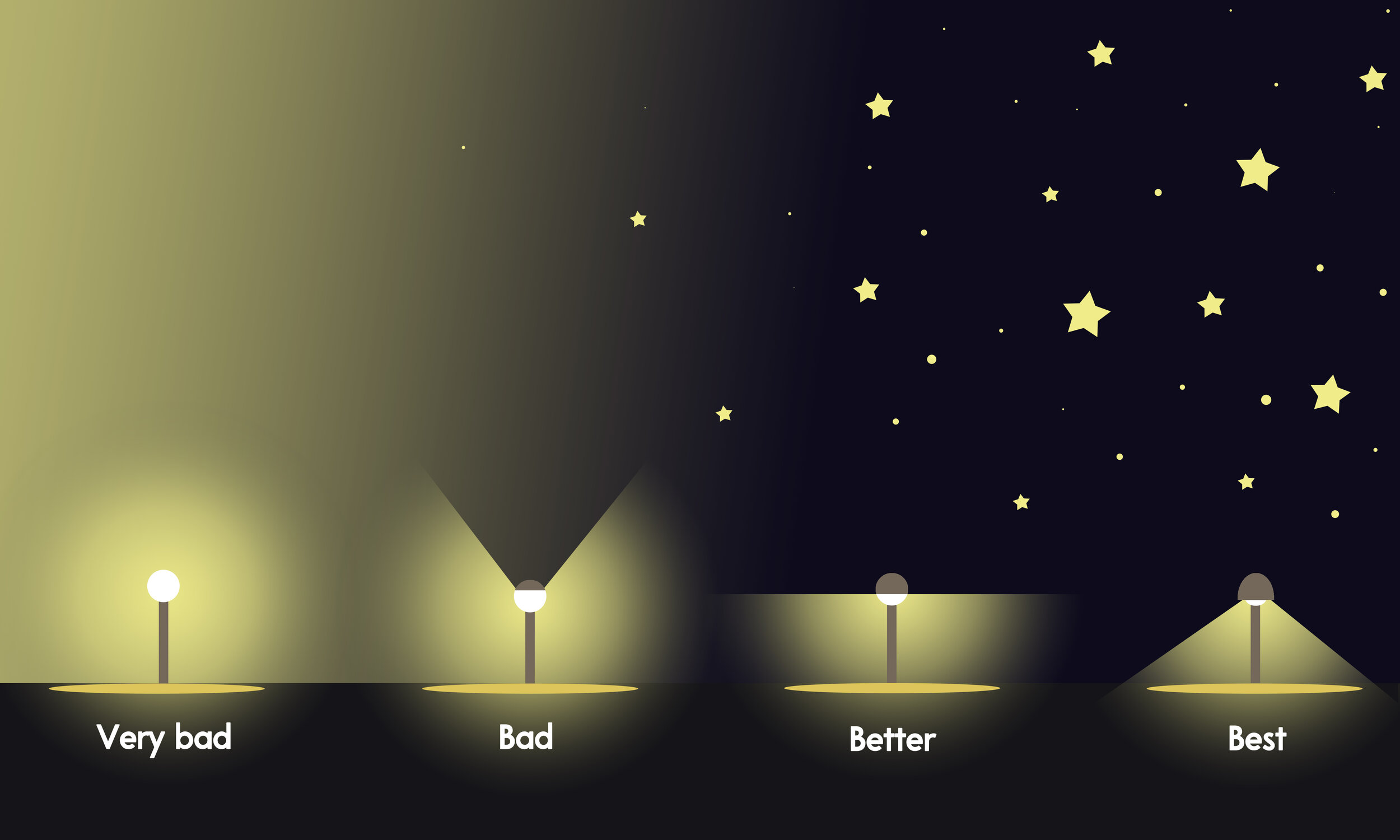
G
Glare: A blinding, intense light that reduces visibility. Light that is brighter in the field of view than the eye’s adapted brightness.
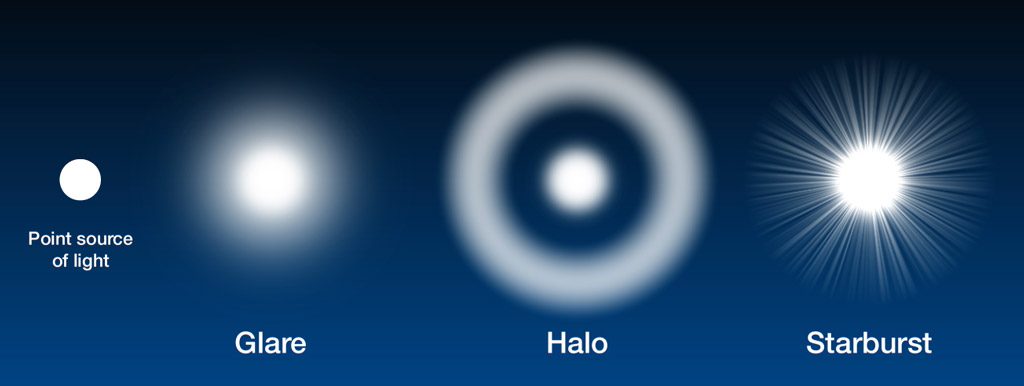
H
HID lamp: The emitted light (energy) in a discharge lamp is produced when an electric current passes through a gas. Mercury, metal halide and high-pressure sodium lamps are examples of High-intensity Discharge (HID). The other discharge lamps include fluorescent and LPS. Some of these lamps are coated internally to convert some ultraviolet energy from the gas discharge in visual output.
HPS (High-Pressure Sodium )lamp: A HID lamp that produces radiation from sodium vapor under high partial pressures. (100 Torr) HPS is basically a “point-source”.
House-side shield: A material that is opaque and applied to a light fixture in order to prevent the light from shining on a home or another structure.
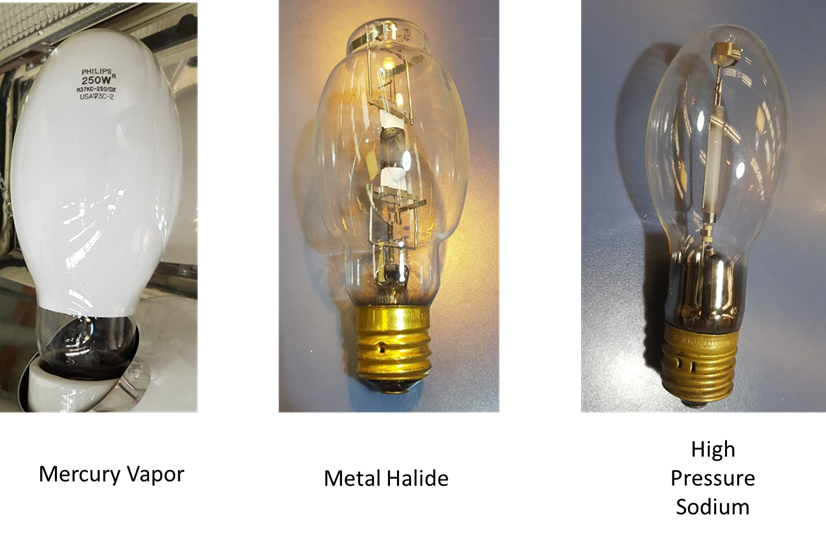
I
Illuminance: The density of luminous flux incident upon a surface. The unit is the footcandle (or lux).
IES/IESNA (Illuminating Engineering Society of North America): A professional organization of lighting engineers from manufacturers and other professionals involved in lighting.
Incandescente Lamp: Illumination is produced when a filament is heated by an electric current to a high heat.
Infrared Radiation: A type of electromagnetic radiation that has longer wavelengths than visible light. It extends from the red edge of the visible range at 700 nanometers up to 1 mm.
Intensity: The amount or degree of energy or light.
International Dark-Sky Association, Inc.: This non-profit group aims to raise awareness about the importance of dark skies and the need for outdoor lighting of high quality.
Inverse-square Law: The intensity of light at a given point is directly proportional to its distance from the point source, d. E = I/d2

J
K
Kilowatt-hour (kWh): Kilowatts are 1000 watts of power that act for an hour.
L
Lamp Life: Average life expectancy for a particular type of lamp. The average lamp will last longer than half of the lamps.
LED: Light-emitting diode
Light pollution: any adverse effects of artificial light.
Light Quality: This is a measurement of the comfort and perception that a person has based on lighting.
Light Spill: Unwanted spillage or leaking of light into adjacent areas, which may cause damage to sensitive receptors such as residential properties and ecological sites.
Light Trespass: When light falls where it’s not wanted or required. Light spillage Light that is obtrusive
Lighting Controls: Devices that dim or turn lights on.
Photocell Sensors: Sensors that switch lights on or off based on the natural light level. A mode that is more advanced can gradually dim or increase lighting. Also see: Adaptive Controls.
Low-Pressure Sodium Lamp (LPS): A discharge light where the light produced is by radiation of sodium vapor under a low partial pressure (about 0.001 Torr). The LPS lamp is called a “tube-source”. It is monochromatic.
Lumen: Unit for luminous flux. The flux produced by a single point source emitting a uniform intensity of 1 candela.
Lumen depreciation factor: The light output of a luminaire decreases over time as a result of the lamp’s decreasing efficiency, dirt accumulation and other factors.
Luminaire: An entire lighting unit, which includes fixtures, ballasts and lamps.
Luminaire Efficiency (Light Emission Ratio): The ratio between the amount of light that is emitted from the luminaire and the light produced by the lamps enclosed.
Luminance: A point in a certain direction and the intensity of light produced in that direction by an element surrounding the point, divided by the area projected by the element onto a plane parallel to the direction. Units: candelas per unit area.
Lux: One lumen per square meter. Illuminance unit.
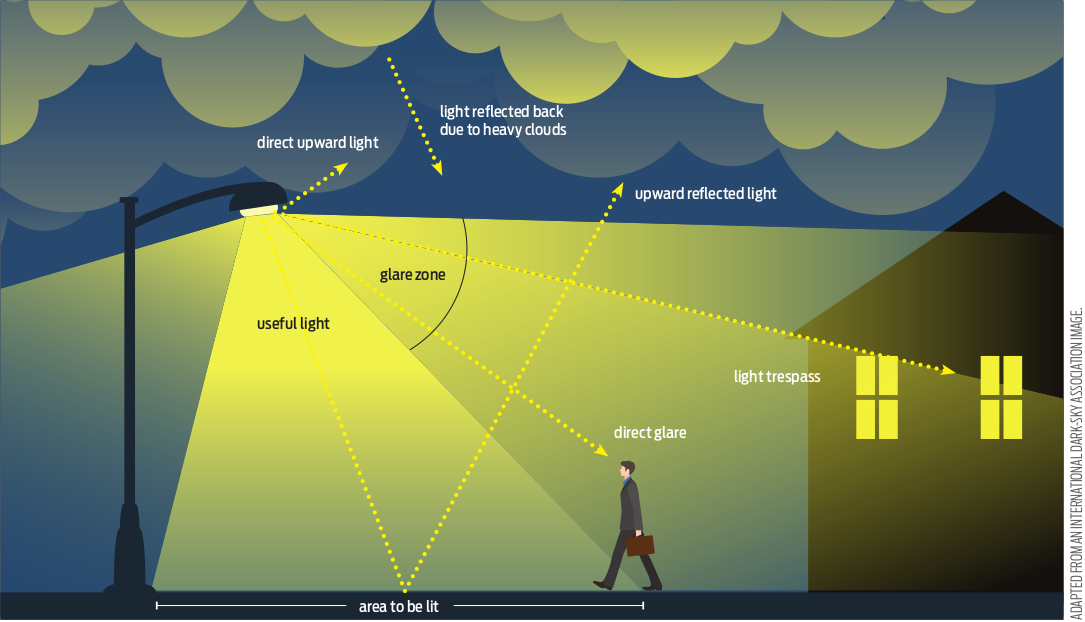
M
Mercury lamp: A HID lamp that produces light by emitting radiation from mercury vapour.
Metal-halide lamp (HID): A lamp that produces light by using metal-halide radiation.
Mounting height: Height of the lamp or fixture above the ground.
N
Nadir: The point of the celestial globe that is diametrically opposite to the zenith, and directly beneath the observer.
Nanometer: The unit of nanometer is 10-9 meters. Often used to represent wavelengths in the EM spectrum.
O
Occupancy Sensors
* Passive infrared: A lighting control system which uses infrared light beams to detect motion. The sensor activates the lighting system when infrared beams are disrupted by motion. After a preset period of time, the system will turn off the lights if no movement has been detected.
* Ultrasonic: This is a lighting control system that uses high-frequency sound pulses to detect motion by using depth perception. The sensor activates the lighting system when the frequency of sound waves changes. The system will turn off the lights after a certain time without any movement.
Optic: Components of a luminaire, such as reflectors and refractors that make up the section emitting light.
P
Photometry: The quantitative measurement of light levels and distribution.
Photocell: A device that automatically changes the brightness of a luminaire in response to ambient light levels around it.
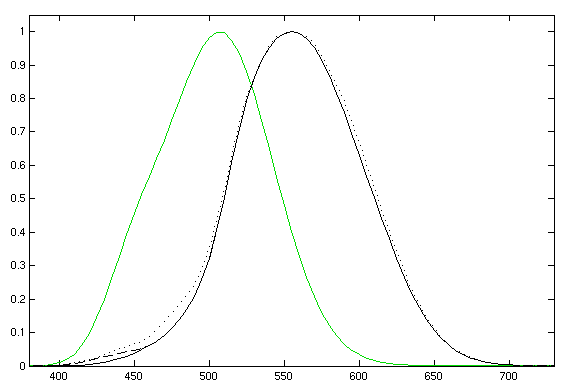
Q
Quality of light: A subjective measure of the positives and negatives of a lighting installation.
R
Reflectors: Optics that control light through reflection (using mirrors).
Refractor (also called a lens): An optical device that controls light using refraction.
S
Semi-cutoff fixture : According to the IES, “Intensity above 90deg horizontally is no more than 5% and at 80deg or higher no more that 20%”.
Shielding: A material opaque that blocks light transmission.
Skyglow: A diffuse, scattered light in the sky caused by scattered light sources from the ground.
Source Intensity : This is the intensity of each source, in the direction that could be obtrusive and outside the area to be lit.
Spotlight: An illumination fixture that is designed to illuminate a well-defined, small area.
Stray light: Light that is emitted and falls outside the desired or needed area. Light trespass.
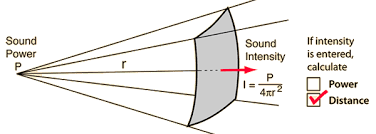
T
Task Lighting: Task illumination is used to illuminate specific tasks without illuminating an entire area.
U
Ultraviolet Light: A form of electromagnetic radiation with wavelengths between 400 nm and 100 nm. It is shorter than visible light, but longer than X rays.
V
Veiling luminance (VL): A luminance that is produced by bright sources superimposed onto the image of the eye, reducing contrast and visibility.
Visibility: Perceived by the eye. Seeing effectively. The purpose of night lighting.
W
Wallpack: A luminaire that is usually attached to the side or back of a building for general lighting.
X
Y
Z
Zenith: A point “above” or directly “above”, a certain location on an imaginary celestial globe.
Post time: Jun-02-2023





